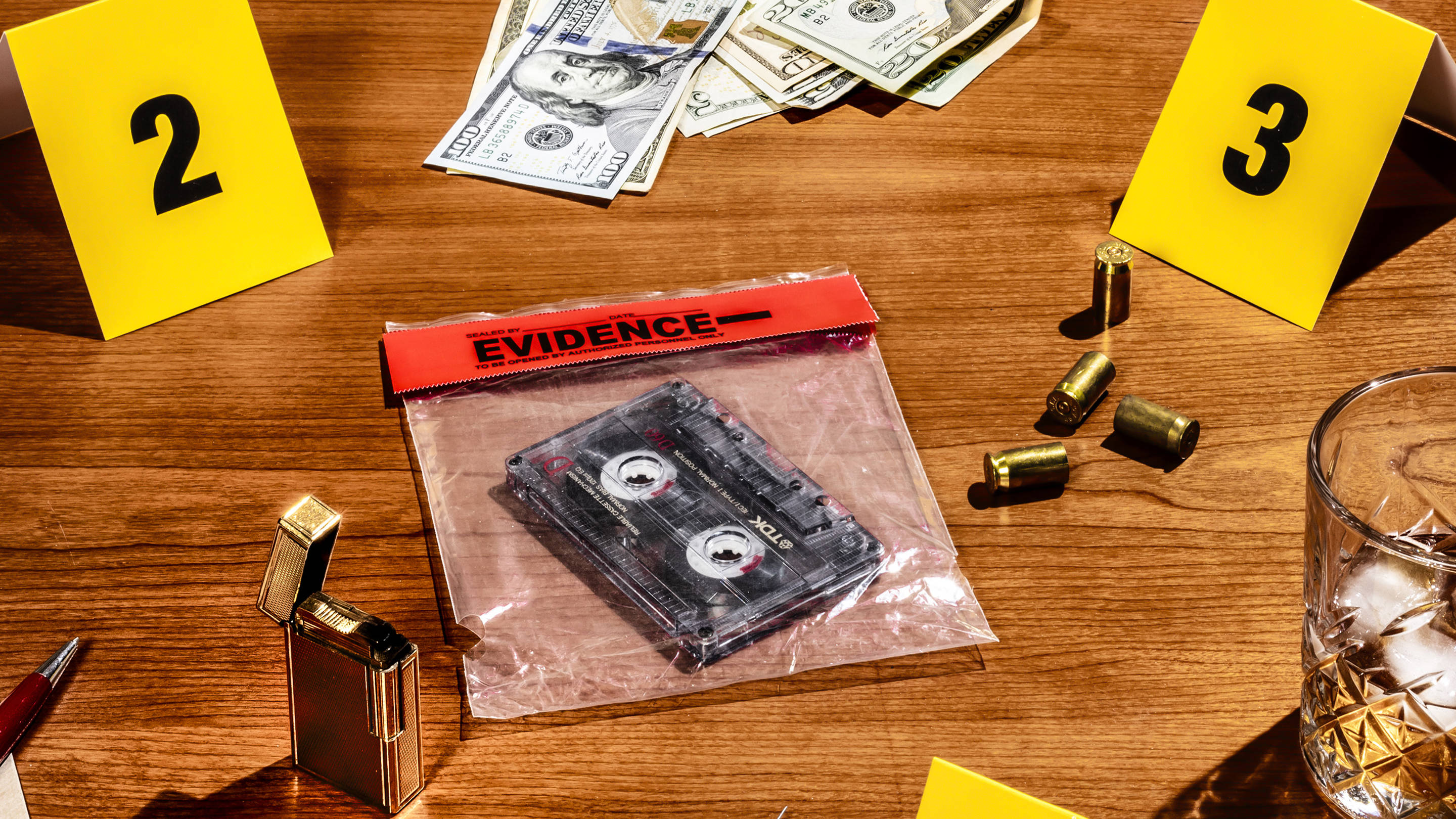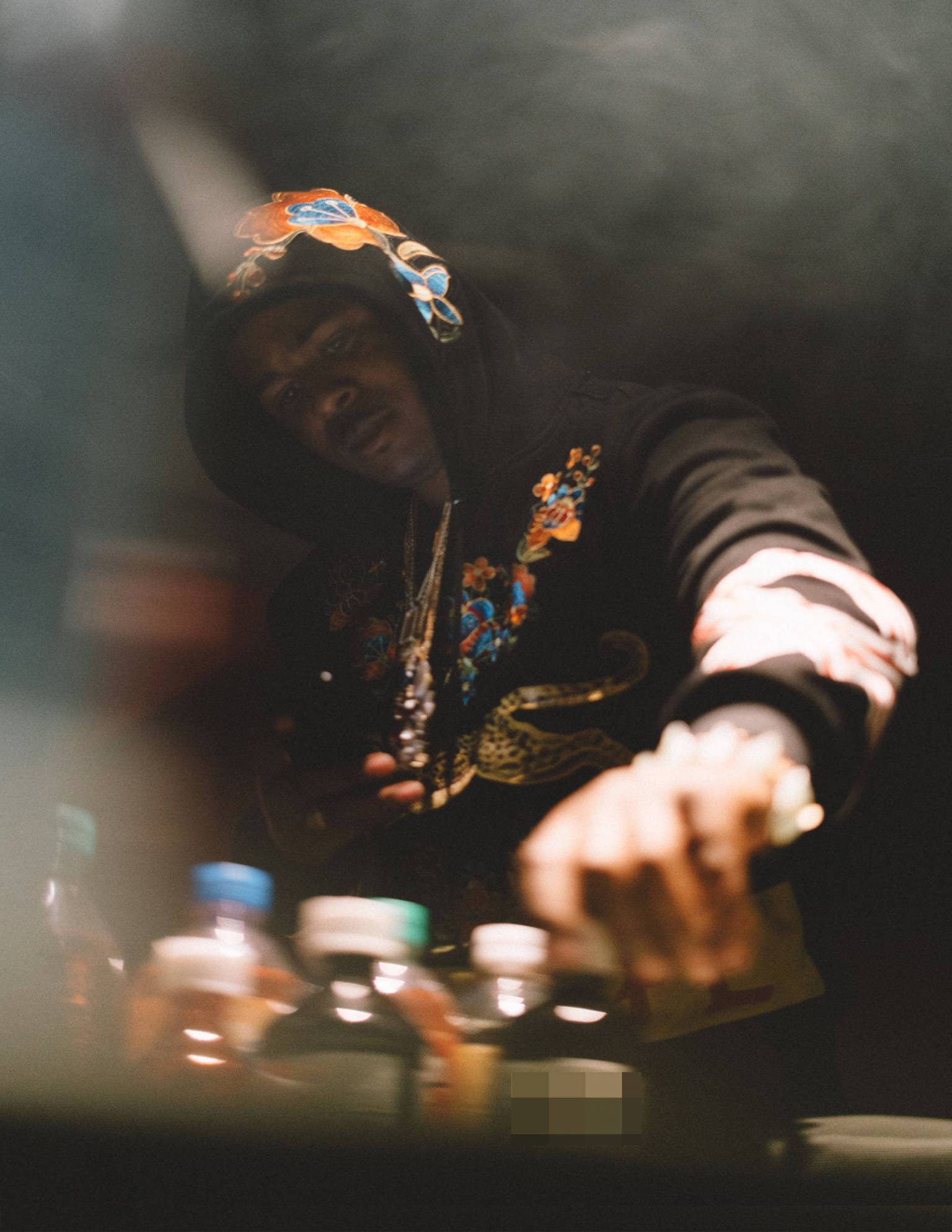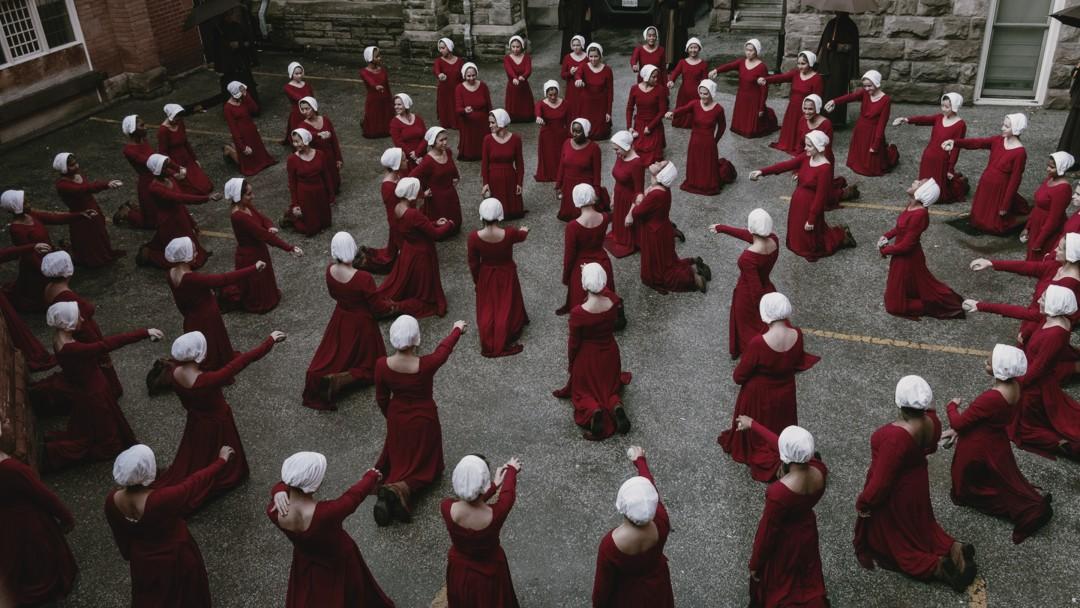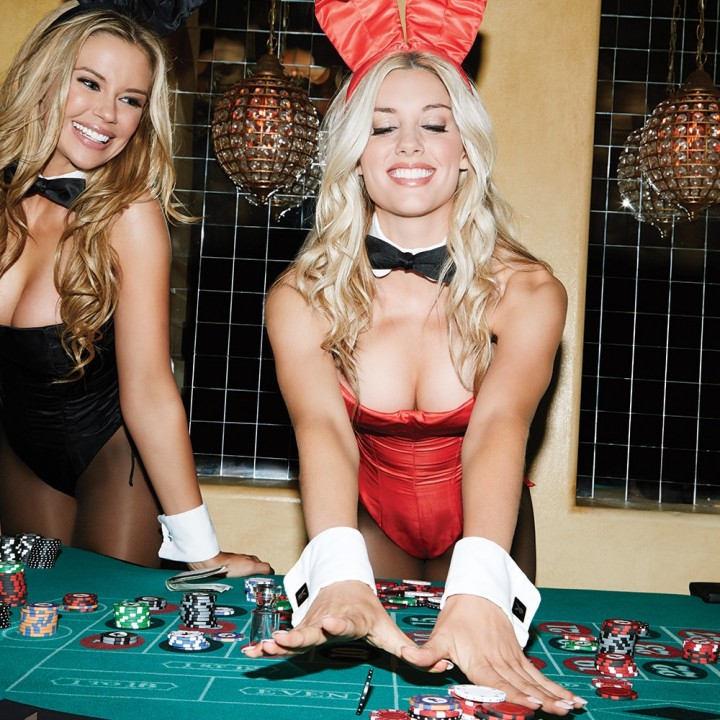
When Hip-hop Lyrics Become Criminal-Trial Evidence
Artists like Drakeo the Ruler are getting swept up in a problematic prosecutorial trend
There was no discernible reason for the police to follow Drakeo the Ruler that afternoon. As he later told me, no traffic violations were committed; no weed was smoked. But constitutional questions of rightful search and seizure don’t seem to trouble the cops patrolling South Central Los Angeles, and so a brief drive to the liquor store last winter ended with L.A.’s most original rap stylist since Snoop Dogg handcuffed, accused of illegal possession of a firearm and looking on as law enforcement showed him his own videos and rapped his own lyrics at him. Things only got weirder from there.
They’re only doing this because I’m a rapper—and a black rapper at that.
Fuck you talking about
Choppa on my waist
Lil nigga ain’t finna talk it out
Bully who?
Nah my niggas we finna chalk him out
Disrespect the gang any way
We finna spazz out.
For all the lyrical complexity of Drakeo’s catalog, authorities have singled out some of his more boilerplate verses, ones that fit squarely within the 30-year legacy of Los Angeles gangsta rap—which began with Toddy Tee’s “Batterram” and Ice-T’s “6 ‘N’ the Mornin’,” both dueling narratives of the Daryl Gates–era police force breaking down their doors. Nor is Drakeo’s lyrical content dissimilar from N.W.A’s “Gangsta Gangsta,” in which Ice Cube raps, “I got a shotgun / And here’s the plot / Takin’ niggas out with a flurry of buck shots.”
But that was in 1988. The ensuing three decades of new anti-gang laws in California have strengthened prosecutors’ ability to brand almost any gathering as a gang. As defined in the California Street Terrorism Enforcement and Prevention Act, a “criminal street gang” is “a group of three or more people which: has a common name or identifying sign or symbol.” In the hands of prosecutors seeking big-name convictions, this can be used to define just about any street rap crew.

During the past decade, this constitutional right to free expression has been called into question for both platinum artists—including Young Thug, accused of playing a role in a 2015 shooting of Lil Wayne’s tour bus—and obscure aspirants. And as the 24-7 nature of social media and Instagram Live erases the already blurry line between real life and public persona, police surveillance has only increased, imperiling rappers’ ability to satisfy the oft-voyeuristic interest of their fans.
Rappers are merely the latest in a lineage that stretches back to well before Billy the Kid.
“The desire of the police to conflate rap groups and gangs is partly ignorance, but there’s also something more nefarious at hand,” says Andrea Dennis, a professor at the University of Georgia Law School and co-author of the forthcoming book Rap on Trial. “California law makes it easy to fit rap groups into the definition of a gang, but calling yourself a gang dates back to the early gang roots of hip-hop, where groups would often call themselves posses, crews or gangs.” Dennis continues, “People have gotten familiar with rap; their kids listen to it and it has become more artistic and creative. You might think that would lead to anti-rap sentiment dying down, but it has only intensified. People think they’re surrounded by it.”
A similar argument was made by Boosie Badazz (born Torrence Hatch) and his attorneys during his 2012 murder trial. Over the previous decade, the Baton Rouge rapper had burnished his legend as the 2Pac of the 21st century South. A brazen and raw artist raised on the impoverished South Side, Boosie released his rap titled “Fuck the Police” in 2007, and that version became part of the protests that sprang up along with the Black Lives Matter movement. Unsurprisingly, it did little to endear him to law enforcement.
Yo Marlo, he got a Monte Carlo
That bitch grey
I want that bitch dead today
Defense attorneys successfully argued that none of the lyrics conclusively tied Boosie to the slaying. Although Boosie used the name of the alleged murderer, his lawyers said the dead man didn’t drive a Monte Carlo—a reminder that art often borrows from real life and even autobiographies may create composite characters, compress time sequences and generally exercise creative license for the sake of the story.
Prosecutors often counter that presenting lyrics can be essential to proving motive, intent, identity and absence of mistake. Yet in Boosie’s case, the jury—intimating they agreed with the defense’s position that his songs were merely reflections of the hyper-violence of Baton Rouge, a city with a murder rate that eclipsed Chicago’s in 2017—unanimously voted for acquittal.

“There are black kids serving 25 years to life for lyrics that they’ve written,” says Duncan, who is currently suing the San Diego Police Department and two of its detectives for violating his First Amendment rights and for unlawful search and seizure. “People think that everything we’re speaking about is real, and they’re completely taking the entertainment value out of it. Sometimes it’s based off real situations, but sometimes it might be about something that happened to someone I know. We’re just trying to paint an accurate picture of the urban landscape.”
Nonetheless, the war between rap and the fundamental right to free speech figures to intensify in the coming years. Prosecutors and lawmakers are considering something called “true threat,” a type of communication for which artists can be incarcerated simply for lyrically threatening a rival. And the explosion of social media has only made it easier for law enforcement to track every move of the rap community.
According to Erik Nielson, a professor at the University of Richmond and co-author of Rap on Trial, the head of the police gang unit in Newport News, Virginia told him that his officers spend half their time monitoring gangs (and presumably local rappers) online. “It feels Orwellian, but just as scary as that is the sheer incompetence of people performing these Orwellian functions,” Nielson says. “These people have no idea what they’re talking about. And it’s only going to get worse. Social media offers both a low barrier to entry and the opportunity to get famous without a record label. These artists might write sophisticated raps, but their business acumen and awareness about these issues might not be on par. And the police are watching their every step.”

'Handmaid's Tale' Still Refuses to Pull Punches
'Handmaid's Tale' producers and stars talk to Playboy about the brutal-as-ever second season






